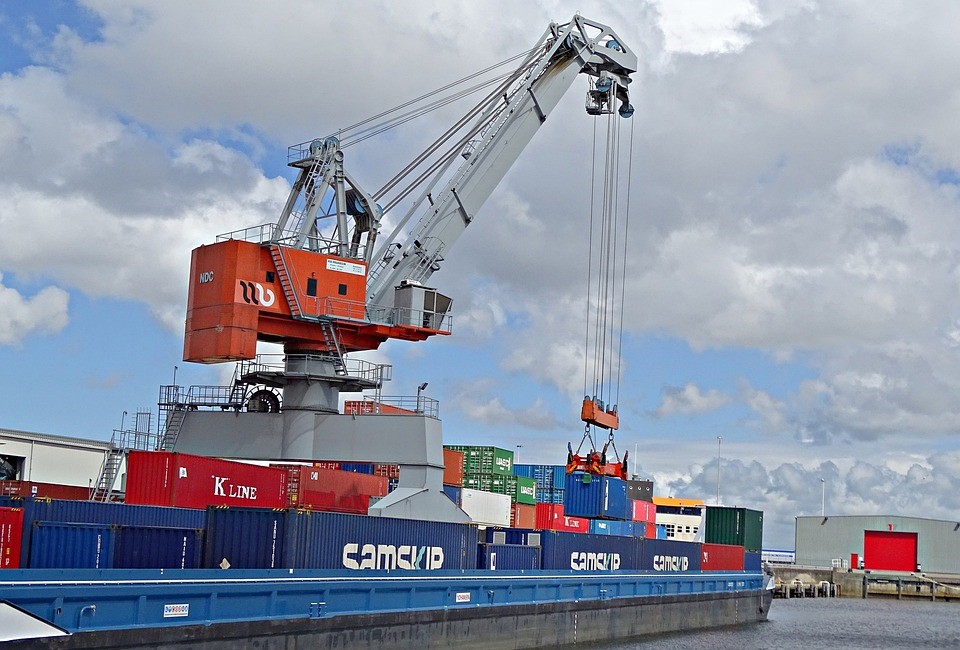
I. How to Choose Professional FoodExport agentThe company?
Choosing an agency should focus on the following factors:
- 22. Industry experience:Requires at least 5 years of hands-on export cases in the food category (e.g., in 2024, a certain agent completed 300 containers of frozen food exports to Japan).
- Compliance ability:Stay up to date with the latest regulations in the target market (e.g., the new EU nutrition-labeling rules set to take effect in 2025).
- Logistics Resources:Equipped with specialized food-transport support such as cold-chain logistics and temperature-controlled warehousing
II. What essential qualifications are required for food exports?
Export enterprises must simultaneously meet dual domestic and international certification requirements:
- Domestic Qualifications:
- What are the differences in customs declaration for different zongzi packaging?
- Import and Export Rights
- International Certification:
- Market-access authorization in the target country (e.g., U.S. FDA registration number)
- Industry certifications (HACCP, ISO 22000, etc.)
3. What are the stages involved in the standard procedure for food exports?
A typical export process is divided into six stages:
- Product Compliance Testing (Microorganisms, Additives, etc.)
- Sign a tripartite agency agreement
- Apply for Certificate of Origin / Health Certificate
- Arrange special transportation (reefer container must be maintained at -18 °C)
- Destination port customs clearance service
- After-sales document filing (retention period: at least 5 years)
4. What new regulations should exporters watch for in 2025?
Key regulatory updates include:
- EU New Regulation: Mandatory "Nutri-Score" labeling required starting January 2025
- FDA: Scope of FSVP (Foreign Supplier Verification Program) to Be Expanded
- Middle East: New Halal Food Electronic Certification System
V. How to Mitigate Common Risks in Food Export?
The following prevention and control measures are recommended:
- Quality Risk:Pre-shipment third-party inspection (e.g., SGS, Intertek)
- Logistics Risks:Purchase full-journey transport insurance and allow a 15-day shipping buffer.
- Risk of Compliance:Commission a professional agent to conduct a regulatory pre-review (e.g., the latest amendments to Canada’s SFCR).
VI. FoodExport agentHow are fees calculated?
The routine cost structure includes:
- Basic Service Fee: 1.5%–3% of the goods' value (varies with product complexity)
- Special Service Fee:
- Certification Agency Service: USD 8,000–20,000 per item
- Cold-chain transportation: 40% higher freight cost than standard containers
- Emergency Handling Fee: Charged based on actual occurrence
7. How to assess the real capabilities of an agency?
It is recommended to verify through the following methods:
- Verify the AEO certification status with customs (China Customs will implement the new certification standards in 2025)
- Provide export data for the same category over the past two years.customs clearanceDocuments (desensitized)
- On-site inspection of cold-chain warehouses and customs declaration procedures
8. What lessons can be drawn from successful food-export cases?
A condiment company achieves an export breakthrough through specialized agency:
- Completed the EU EFSA certification in 3 months
- Adopting a hybrid "sea freight + China-Europe Railway Express" model cuts costs by 20%.
- Leverage overseas warehouse proxies to enable 48-hour local delivery
- 2024 export volume increased by 300% year-over-year


 Follow the customer service WeChat account.
Follow the customer service WeChat account.